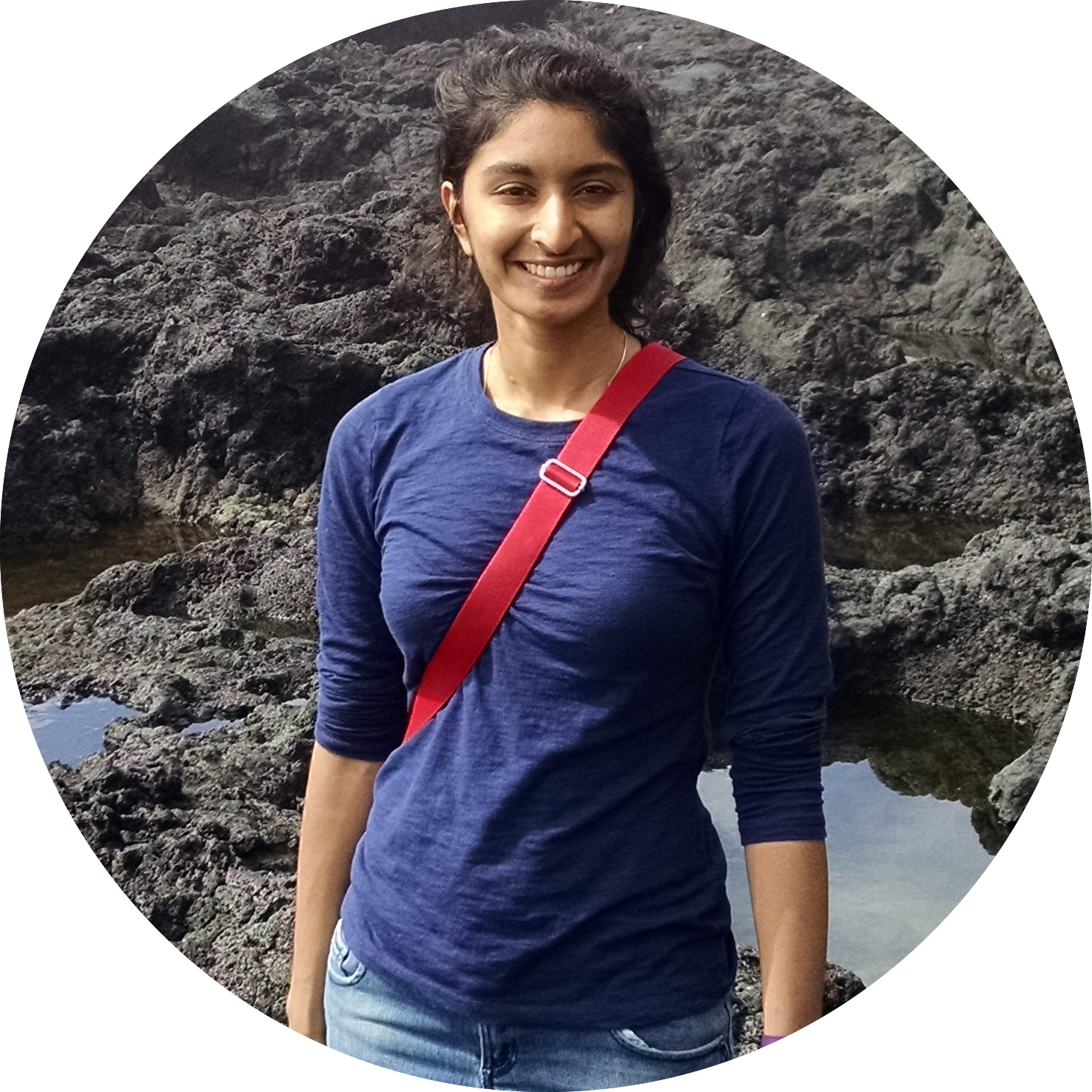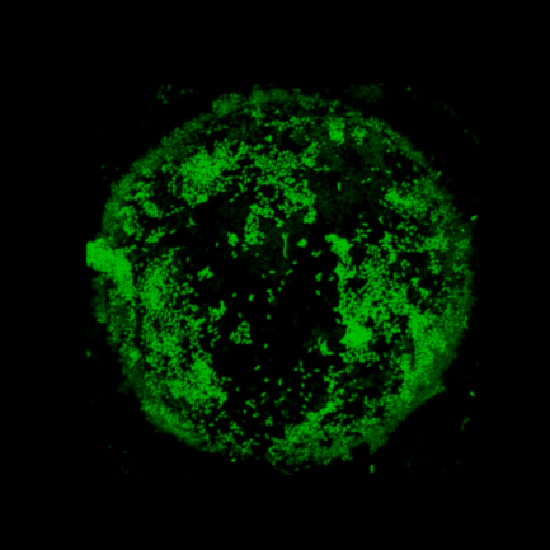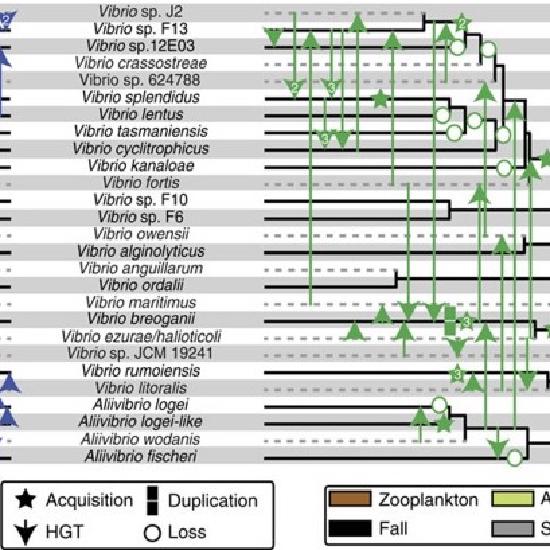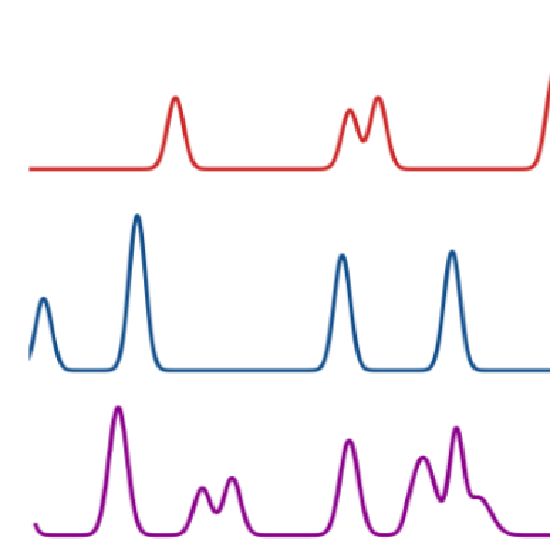
Manoshi Datta
HFSP Postdoctoral Fellow
Technion - Israel Institute of Technology
About me
I am a microbial ecologist working with Roy Kishony in the Faculty of Biology at the Technion. I am strongly motivated by the dream of designing and engineering microbial communities in the human body to treat infectious diseases. To this end, I am working towards the following long-term goals:
- Community assembly: Characterizing the complex dynamical processes by which microbes form structured communities in the human body
- Community evolution: Predicting how human-associated microbial communities evolve in response to environmental change, including treatment with antibiotics
- Community spatial structure: Developing novel tools to interrogate microbial communities in the human body at the scale of a cellular “neighborhood”
I completed my Ph.D. at MIT in the Computational & Systems Biology Graduate Program, a program at the interface of biology, physics, and computer science. There, I worked with Jeff Gore, Martin Polz, and Otto Cordero to study microbial communities as complex dynamical systems. My approach is inspired by classical ecology and mathematical theory, but anchored to reality with measurements in the laboratory and the field.
Interests
- Antibiotic resistance
- Environmental microbiology
- Dynamical systems
Education
-
PhD in Computational & Systems Biology, 2016
Massachusetts Institute of Technology
-
BSc in Bioengineering, 2010
University of California, Berkeley
-
BSc in Chemical Biology, 2010
University of California, Berkeley





